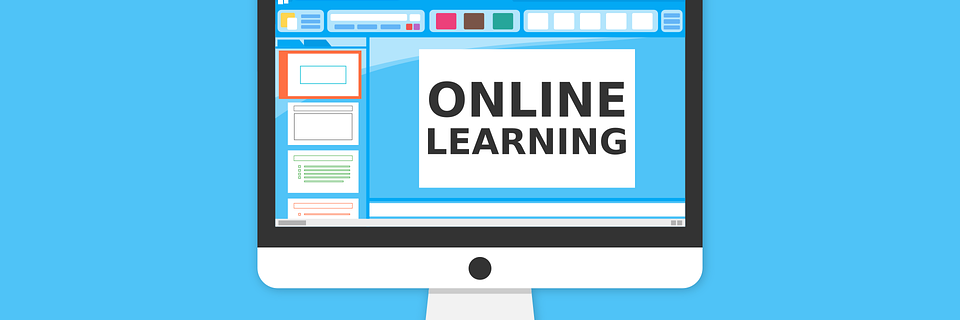Elizabeth Edward's blog : Tips To Convert PowerPoint Presentations Into Interactive eLearning Modules

Did you know that learners remember what they actively do much better than what they passively hear or see? When it comes to marketing and branding, no other software is as widely used as Microsoft PowerPoint. However, with so many businesses moving towards rapid eLearning solutions to reach their target audience more effectively, the challenge remains: How can you turn a typical PowerPoint presentation into an interactive eLearning module?
A recent study by E-Learning Council found that companies that use e-learning see a 26% increase in employee retention of training material. The benefits are clear – whether you are looking for ways to cut costs by reducing on-site training time or hoping to boost employee performance and engagement.
This blog post will not only give you some great tips on how to convert your PowerPoint presentations into interactive eLearning modules but also introduce you to some great tools that can help you achieve this more easily. Let’s get started!
Define your learning objectives
The first step in creating an engaging eLearning module is to decide what you want your learners to achieve by the end of the module. What skills do they need to have? What knowledge do they need to have? Keep these learning objectives in mind as you build your module to make sure that you are including everything that your learners need to know.
Don’t forget the visuals and animations
Visuals and animations are not only a great way to keep learners engaged but also help to reinforce the key points of your content. If you have the relevant images or graphs that you would like to include, there are many ways to incorporate them into your custom eLearning development. You can add them as a background image, or you can use PowerPoint’s “picture” feature to create a slideshow. You can also link images or graphs to the content below so that they appear when learners click on them. If you don’t have the relevant images and graphs to include, then don’t worry – there are several tools that can help you create them quickly and easily.
Use slides as narrations
If you have a lot of content to cover, it can be difficult to know where to start cutting it down. Instead of cutting out important information, try re-purposing your PowerPoint presentations as a way to provide the narration for your eLearning module. When you record your PowerPoint presentation, you can use a microphone connected to your computer to record your voice, or you can use a digital recorder. If you choose to go down this route, be sure to edit out any false starts or stumbles so that the recording sounds clear and concise. You can then import the recording and convert powerpoint to eLearning module.
Break up the content into chunks
It’s important to break up your content into manageable chunks that your learners can easily digest. You can use PowerPoint’s “Outline” feature to do this, or you can create separate slides for each section of content and then use the “Move” command to group them together. You can also use the “Notes” section to create short paragraphs with key takeaways so that learners can quickly scan through the information and understand the key points.
Use audio to reinforce key points
One of the best ways to engage learners is to help them to form a connection with a real person. You can achieve this by recording yourself reading through the content and then including the audio file in your eLearning module. You can also include audio clips of interviews or relevant sound bites to help your learners “hear” what others have to say on the topic. You can create audio clips in PowerPoint by recording with a microphone or importing an audio clip from another source. You can also use translation and localization services to localize your eLearning content in your learners language.
Add clickable content and gamification elements
You can help to reinforce key points and engage your learners by adding clickable elements throughout your eLearning module. You can create hyperlinks in PowerPoint to direct learners to an extra reading section or quiz, or you can create buttons that direct learners to a website for further reading. If you want to go a step further, you can add quizzes, games, and polling features in your eLearning to help keep your learners engaged and make the content more interactive.
Make it responsive for mobile learning
Mobility is such a significant part of our lives today, and with many businesses targeting mobile-first customers, it makes sense to create a mobile-friendly eLearning experience. To do this, you can create a responsive eLearning module by creating one file that can be customized for different devices, such as smartphones and tablets. You can then link to your module from a mobile-friendly website or an app.
Summing up
As you can see, there are many different ways you can convert a Powerpoint presentation into an interactive eLearning module. Be sure to keep these tips in mind to help you create an engaging and effective eLearning experience for your customers and employees.
In:- Digital
- Technology


